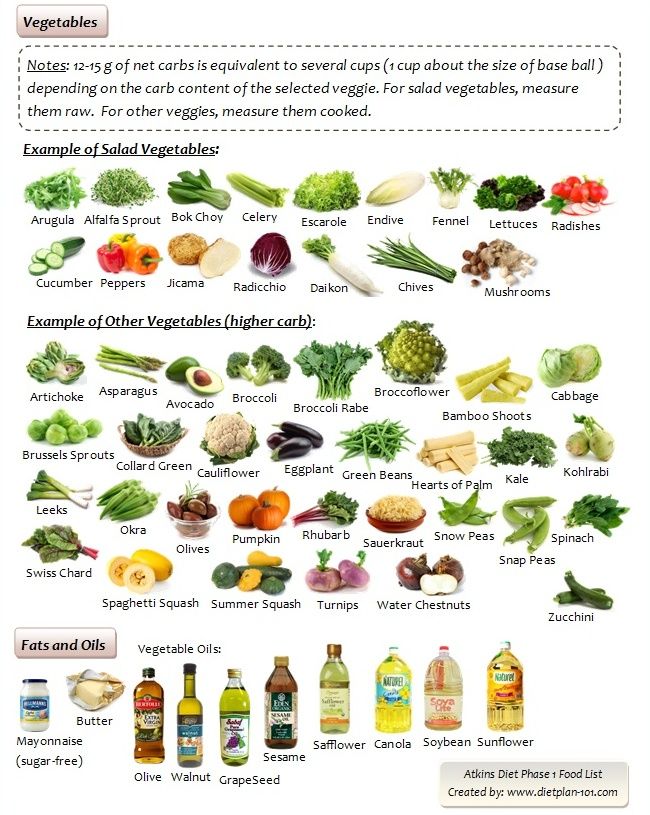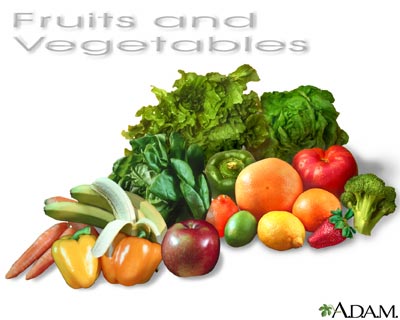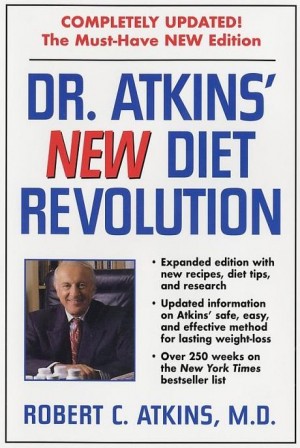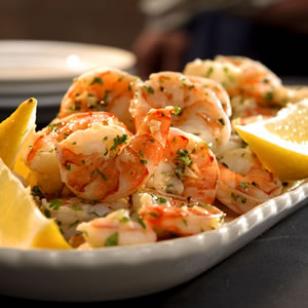Many people are worried about a lot of fats in their diet and this is absolutely not the only thing to look at. Usually the motivator for this is not energy as it should be but instead a persitent worry that fats in your diet can make you fat. Instead maybe think about the way carbohydrates are stored or used instead
In fact your body will have trouble storing fats but instead will store sugars and other carbs.
So lets say the the real evil is carbs. But again that is not true either. Quite often people will eat some vegetables, or they will eat some fruit, or they will eat a chocolate for a snack. These foods all have carbs but lets see how they really compare.
Why Carbohydrates Really Matter
First Vegetables. Vegetables are high in water and are low in simple carbs and sugars and some tend to be starchy.
Next Fruits, Fruits are also high in water and also high in simple sugars
Finally, chocolate and candy. These are low in water, high in simple sugars
So if we look at how fast our body can burn carbs we would also see that sugars are hard to burn and will turn to fat. This is what makes chocolate bad, but also this makes fruit bad too. some nutritionists say that fruit is really a natural candy in disguise…and if you eat dried fruit… well that is even worse.
Our carbohydrate intake is also related to how fast they burn and when you see the example above of sugars and starches you can also look at building a fire.
If you use sugar it is like putting gas on a fire, it will burn hot an fast and be gone quick. Our body though can not burn things really fast. Sugar will spike our insulin level and we will get all hopped up on the sugar and then our body will store what it can not but and we will of course be storing that as fat.
Starches on the other hand are like the wood we put on a fire. It does not raise our insulin so much and it will allow our body to use it as fuel for a longer time and will not have a real reason to store it. That is why a starchier carbohydrate will make us feel full. Of course if you eat too many carbs over the day then you will just get bogged down and it will also turn to fat.
So if you are in fact looking for some way to eat carbs, get nutrients, and not get fat then vegetables seem to be your best choice. Finding low carb vegetables is fairly easy and there are an abundance to choose from even, or maybe I should say, especially if you are on some kind of a low carb diet
Some Ideas For Low Carb Vegetables

How you use this low carb vegetables list will depend on which of the many low carb diets you are following. If you just count carbs and aim to stay under a certain daily total, then you will need to weigh your foods to have an accurate count at first.
Cup measures are not so accurate for vegetables because it makes such a difference how you chop the food. You can get a lot more broccoli in a cup if you cut it up small!
However, if you prefer to use cup measures, you can do it accurately by weighing one cup of a food, cut in the way that you normally cut it, and making a note of the and carb count per cup. Then in future you will know how many carbs you have in one cup of the food the way that you prepare it.
If you are following a low carb diet of any kind, you have the list of low carb vegetables for induction. You can add other veggies after induction. The lists vary a little in the different editions of the books so we will not reproduce them here.
Just keep in mind that you should have a minimum of two cups of vegetables on induction and more later. Also, vegetables should account for more than half of your daily carb count. This means at least 11g net carbs from veggies if your daily carb level is 20g.
Low Carb Vegetables List

Green vegetables are mostly low carb (under 5g net carbohydrate per 100g), with the exception of kale, peas and beans. There are also some non-green veggies that are low carb. Here are some examples. Carb count is net carbs (not including fiber) per 100g of raw item.
Under 2 grams: lettuce, spinach, bok choy (pak choi), asparagus, endive, watercress.
2 grams – 2.9 grams: arugula (rocket), zucchini (courgette), summer squash (marrow), green bell pepper, celery, radish, eggplant (aubergine), tomato, mushroom, cauliflower, kohlrabi.
3 grams – 3.9 grams: cucumber, green cabbage, white cabbage, red bell pepper, jicama, okra, parsley, string beans, green onion tops (spring onion tops).
4 grams – 4.9 grams: broccoli, turnip, yellow bell pepper, fennel, snow peas (mange-tout).
Medium And High Carb Vegetables List
So that there is no confusion, we are including here some of the vegetables that do not make it onto the low carb vegetables list. Some of the medium carb vegetables, such as onion, can be included in a low carb diet in small quantities.
Medium carb vegetables (between 5g and 12g net carb per 100g) include onion, leek, green peas, kale, red cabbage, pumpkin, carrot, rutabaga (swede), winter squashes, celeriac.
High carb vegetables (over 12g net carb per 100g) include potato, corn, beans, lentils, parsnip.
Avocados And Olives
Olives and avocados are technically fruits, not vegetables. However, unlike other fruits they are low carb foods and make great salad ingredients. We are including them here so that they are not forgotten.
California (hass) avocados have just 1.8g net carbohydrate per 100g. Florida (smooth skinned) avocados have 2.2g. So both types are low carb.
Olives have around 3g net carb per 100g. However, be careful to check packaging when buying olives to make sure that there are no added sugars. Olives in salt water or oil with no added ingredients can be added to salads along with low carb vegetables.




